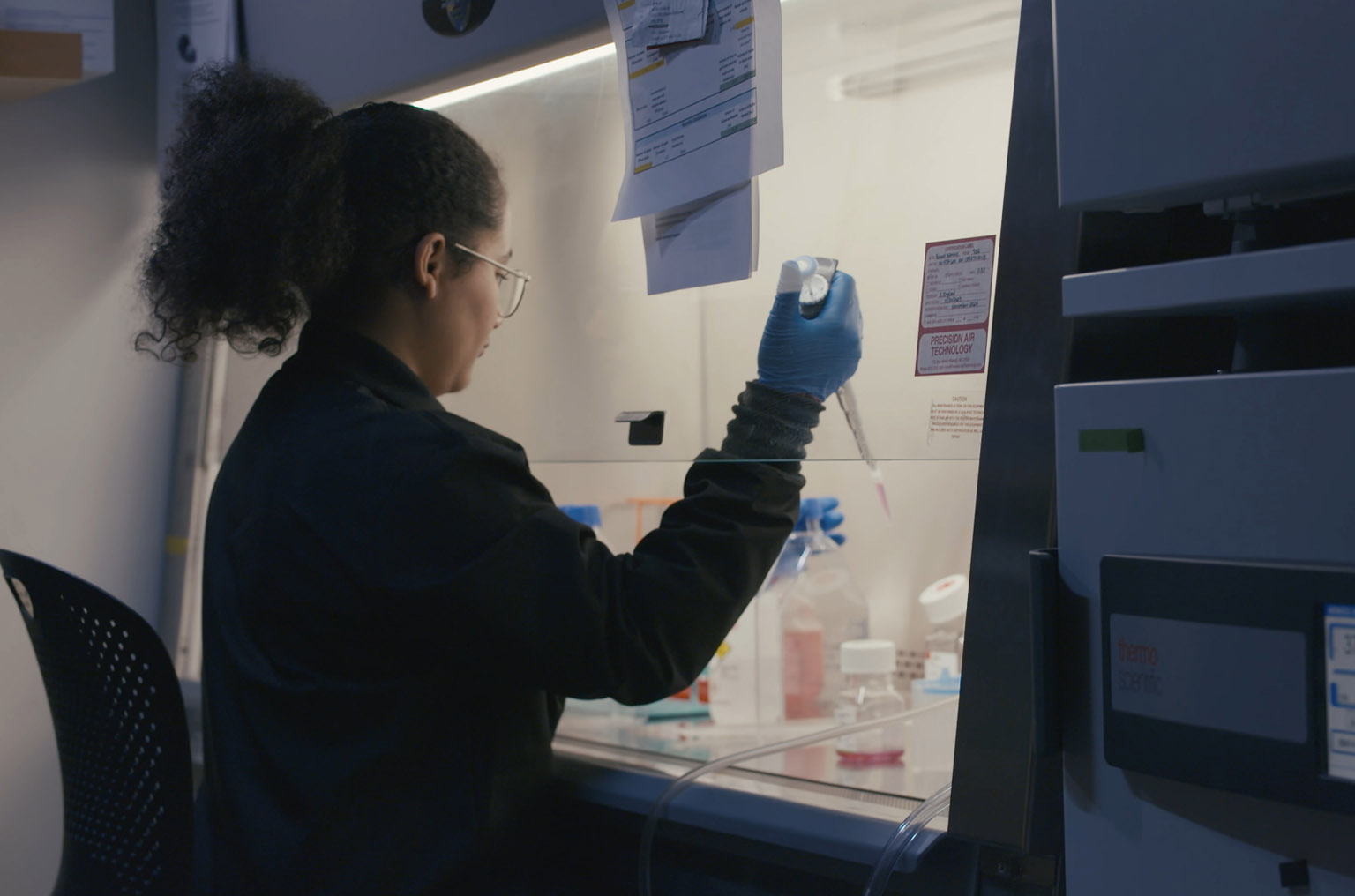READDI is filling the R&D pipeline for pandemic pathogens
The initiative’s global network of experts is advancing a diverse portfolio of broad-spectrum small molecule antiviral assets for virus families with pandemic potential.

By READDI, January 22, 2024 — In a Jan. 16 Washington Post opinion piece, “The under-prescribing of Paxlovid may be our biggest covid policy failure,” Dr. Leana S. Wen wrote: “Imagine if fewer than 1 in 6 people with bacterial pneumonia received antibiotics, or if fewer than 1 in 6 people with heart attacks received aspirin. Those therapies are considered standard of care. So is antiviral treatment for high-risk covid patients.”
Indeed, a 2023 Kaiser Permanente study found that COVID-19 patients treated quickly with nirmatrelvir-ritonavir, also known as Paxlovid, had a 90% lower risk of hospitalization and death. If the antiviral therapeutic had been available when SARS-CoV-2 emerged, instead of 20 months into the pandemic, it would have changed the course of history.
READDI is developing antiviral treatments now to become the standard of care for the next unknown viral threat, also known as Disease X.
In earlier stories, we explained how READDI develops medicines for viruses that don’t yet exist and how READDI Inc., the initiative’s nonprofit biotechnology arm, is accelerating the translation of basic discovery research into therapeutic drugs ready-to-use when the next pandemic hits.
Toward that goal, READDI has multiple ongoing programs with a variety of collaborators and funders, including the National Institutes of Health (NIH), RTI International, SAS, the North Carolina General Assembly, Pandemic Antiviral Discovery (PAD) and the U.S. Defense Threat Reduction Agency.
READDI is developing antiviral treatments now to become the standard of care for the next unknown viral threat, also known as Disease X.”
Investing in breadth
One of the initiative’s largest programs is run by the READDI Antiviral Drug Discovery (AViDD) Center, or READDI-AC, funded by a $65 million grant from the NIH and led by Drs. Ralph Baric, a READDI co-founder and scientific adviser, and Tim Willson at the University of North Carolina at Chapel Hill.
READDI-AC is advancing a diverse portfolio of broad-spectrum small molecule antiviral assets. The work is focused on high-priority virus families, including coronaviruses, filoviruses, flaviviruses and alphaviruses. (For the separate PAD project, READDI scientists are focusing on a fifth family: paramyxovirus.)
By screening large libraries of chemical compounds, READDI-AC scientists are identifying new starting points for antiviral drugs. Their work is seeding the antiviral pipeline for virus families that have no approved therapeutics while developing more effective and accessible options for those that do — including more affordable alternatives to Paxlovid.
By strategically investing its NIH grant, READDI-AC has put in place the infrastructure and expertise to evaluate breadth at every step of the development pipeline, from validating novel target sites that are conserved across a virus family to advancing preclinical models of disease.
READDI-AC work begins with the Discovery Core, led by Dr. Cheryl Arrowsmith at the University of Toronto. Since funding began in 2022, READDI-AC has screened more than half a million chemical compounds across various virus families. Researchers are using a range of advanced screening methods, including X-ray and NMR-based fragment, DNA-encoded library, high throughput, cell-based and virtual screens.
The Discovery Core works closely with the Enzymology Core, led by Dr. Matthias Gotte at the University of Alberta, and the Medicinal Chemistry Core, led by Dr. Willson at UNC, to optimize promising initial compounds into chemical leads ready for preclinical development.
The Enzymology Core develops novel enzymatic assays and uses single-molecule studies, computational modeling and advanced structural biology to understand the mechanisms of action of promising compounds.
For all newly identified chemical matter, the Medicinal Chemistry Core investigates the structure-activity relationship of hits and initiates hit-to-lead campaigns. The Core coordinates compound testing in a range of assays to validate their activity, including biochemical studies, antiviral testing, physiochemical evaluation and snapshot pharmacokinetics.
The collaborators are making progress. As of early 2024, 1,433 compounds have been sent to 22 labs and four contract research organizations to validate and advance hits. READDI-AC has also completed 14 in vivo efficacy studies and two in vivo pharmacokinetic-pharmacodynamic studies across seven preclinical lead assets.
Valued partner
Headquartered in North Carolina’s Research Triangle — home of the largest research park in North America — READDI has emerged as a valued partner for lead and candidate development. Investigators across its programs are completing antiviral, mechanism of action and preclinical animal studies with multiple international industry collaborators:
- Chimerix, North Carolina, USA
- Evotec, Germany
- Gilead Sciences, California, USA
- Johnson & Johnson, Belgium
- Pardes Biosciences, California, USA
- Storm Therapeutics, United Kingdom
- Takeda Pharmaceutical Company, Japan
As a global leader in developing antivirals for pathogens of pandemic concern, READDI Inc. serves as a core implementation partner in the 100 Days Mission, the three-pillared preparedness effort launched by the G7 and led by the London-based International Pandemic Preparedness Secretariat. On Jan. 24, the IPPS will release its third 100 Days Mission Implementation Report, as well as a new Therapeutics Roadmap to help guide global R&D to fill the antiviral pipeline.
As a developer of the Therapeutics Roadmap, READDI will continue to play a central role in developing the antiviral pipeline and preparing the world for Disease X.
